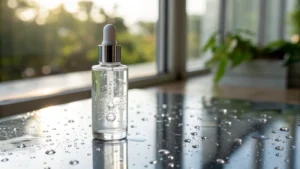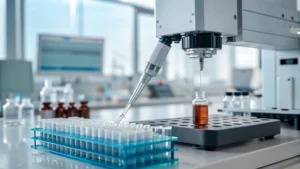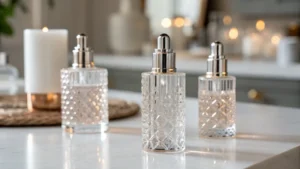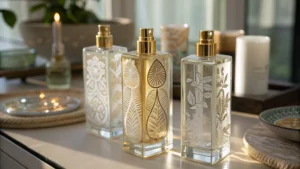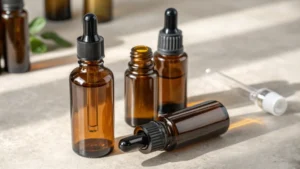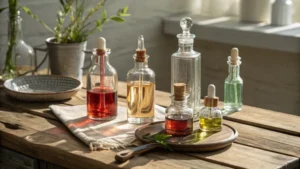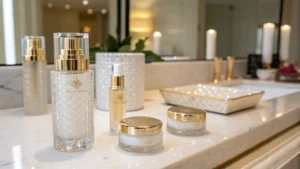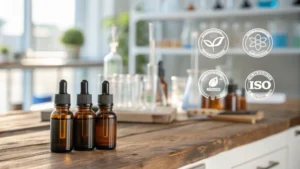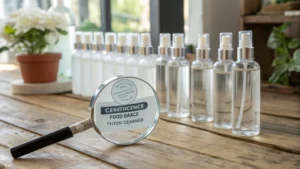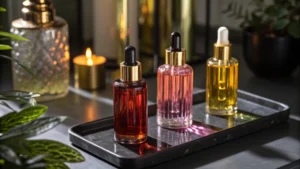
How can UV-resistant cosmeetic glass protect light-sensitive ingredients?
UV-resistant cosmetic glass is crucial for protecting light-sensitive ingredients like vitamin C and essential oils from degradation caused by UV exposure. By using materials such as amber, cobalt blue, and frosted glass, brands can ensure their products maintain potency and effectiveness. This type of packaging not only enhances the aesthetic appeal of cosmetics but also aligns with sustainability goals since these materials are recyclable. Choosing the right UV-resistant glass is vital for preserving product integrity while appealing to eco-conscious consumers. Explore the benefits of various types of UV-resistant glass and how they contribute to a brand’s image and consumer trust.

